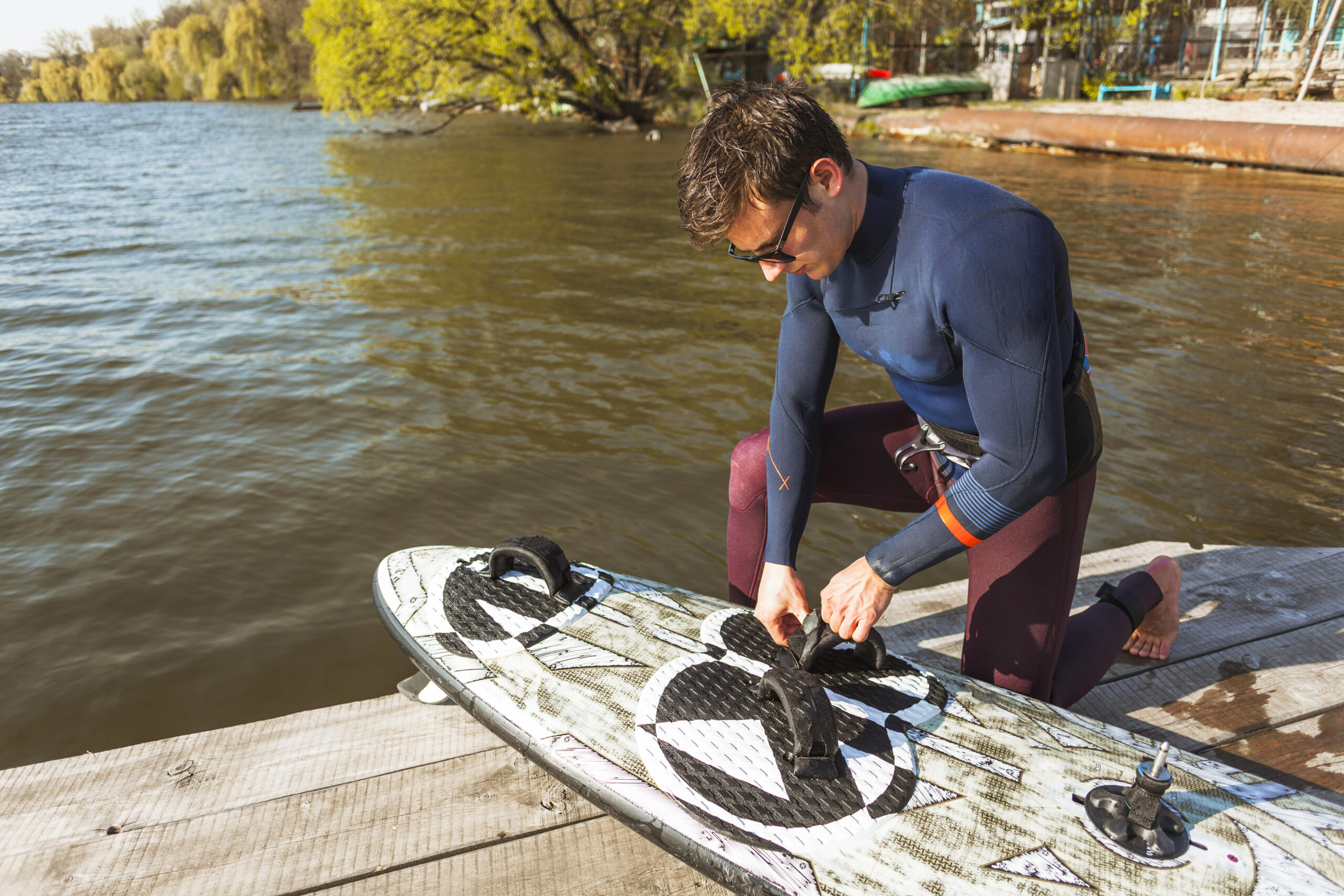Wetsuits are essential gear for any water enthusiast, providing warmth, protection, and mobility for a variety of aquatic activities. From surfing and diving to kayaking and paddleboarding, selecting the right wetsuit can enhance your performance and comfort in the water. In this comprehensive guide, we’ll provide you with everything you need to know to choose the perfect men’s wetsuit for your adventures.
Understanding Wetsuit Thickness
One of the most important factors to consider when choosing a men’s wetsuit is thickness. Wetsuit thickness is measured in millimeters and typically ranges from 1mm to 7mm. The thicker the wetsuit, the more insulation it provides. For warmer conditions, such as tropical waters or summer surfing, opt for a thinner wetsuit (1mm to 3mm). For colder conditions, such as winter surfing or diving, choose a thicker wetsuit (4mm to 7mm) to stay warm and comfortable in the water.
Selecting the Right Style
Wetsuits come in a variety of styles, each suited to different water activities and conditions. Full-length wetsuits offer maximum coverage and are ideal for cooler water temperatures and activities like surfing, diving, and kiteboarding. Shorty wetsuits, with abbreviated arms and legs, provide increased mobility and are perfect for warmer climates or activities like snorkeling and paddleboarding. Consider your preferred water activities and the prevailing conditions when selecting the right style for your men’s wetsuit.
Choosing the Proper Fit
Achieving the perfect fit is crucial for comfort and performance in a wetsuit. A wetsuit that is too loose will allow water to flush in and out, reducing its insulating properties, while a wetsuit that is too tight will restrict movement and cause discomfort. When trying on a men’s wetsuit, ensure it fits snugly but allows for a full range of motion. Pay special attention to the fit around the neck, wrists, and ankles, as these areas should form a tight seal to prevent water entry. If in doubt, consult the manufacturer’s size chart or seek assistance from a knowledgeable sales associate.
Considering Additional Features
Beyond thickness, style, and fit, there are several additional features to consider when choosing a men’s wetsuit. Look for wetsuits with reinforced knees, elbows, and seat areas for increased durability and protection during active water sports. Sealed seams and welded seams minimize water entry and enhance insulation, while flatlock stitching prevents chafing and irritation. Additionally, features like chest zippers, back zippers, and neck closures offer added convenience and customization for your wetsuit.
Care and Maintenance Tips
Proper care and maintenance will prolong the life of your wetsuit and ensure continued performance and comfort in the water. After each use, rinse the wetsuit thoroughly with fresh water to remove salt, sand, and chlorine, and hang it to dry in a shaded, well-ventilated area. Avoid exposing the wetsuit to direct sunlight or excessive heat, as this can cause the neoprene to degrade over time. When storing the wetsuit, avoid folding or creasing it, as this can damage the material and affect its flexibility.
Conclusion
Choosing the perfect men’s wetsuit is essential for maximizing your comfort and performance in the water. By understanding wetsuit thickness, selecting the right style and fit, considering additional features, and practicing proper care and maintenance, you can ensure your men’s wetsuit meets your needs and enhances your aquatic adventures for years to come. So gear up, dive in, and make the most of your time in the water with the perfect men’s wetsuit as your trusted companion.
Stay in touch to get more updates & news on speromagazine.com




